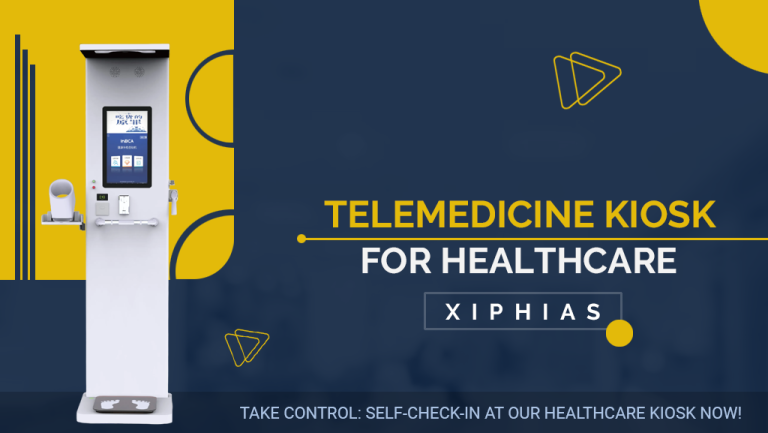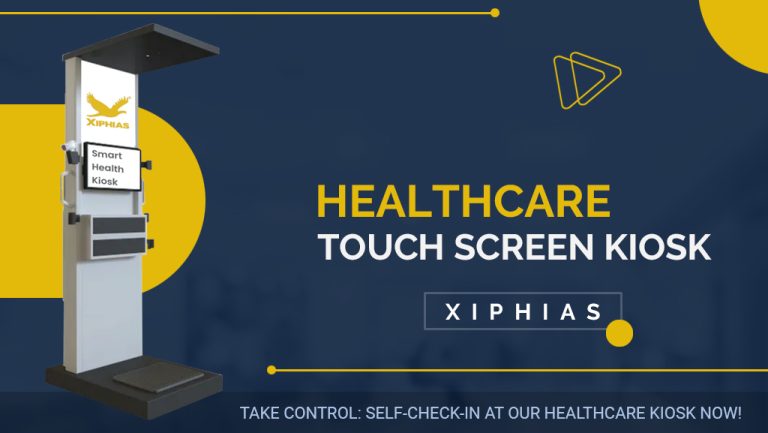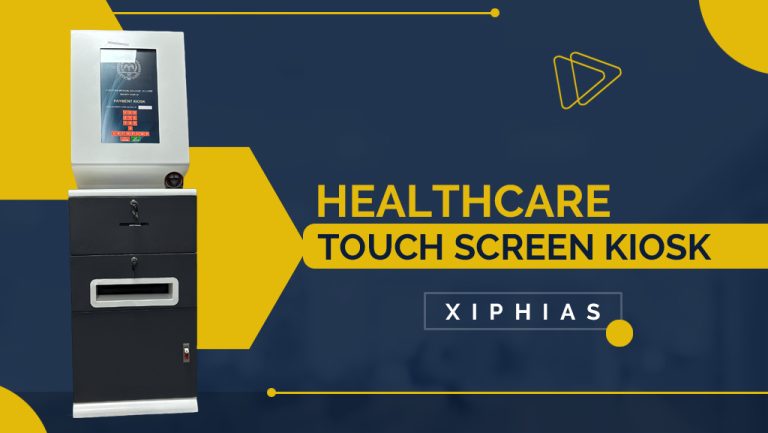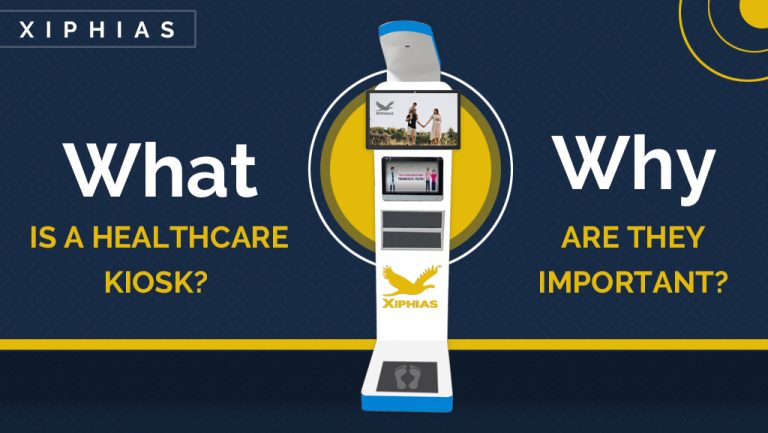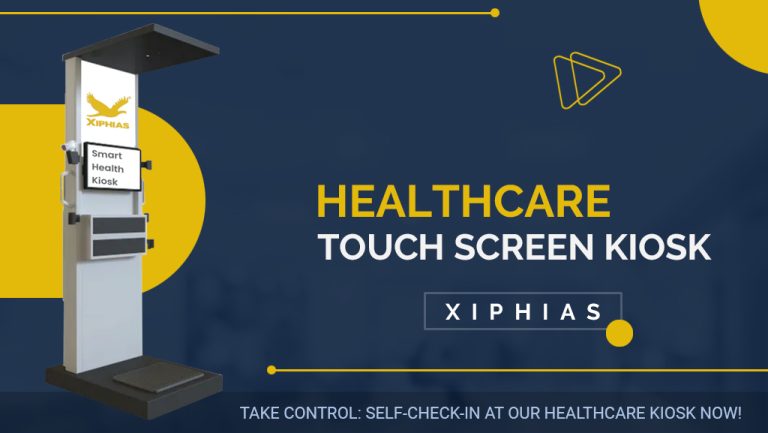How Interactive Kiosks Enhance Self-Service Check-ins at Healthcare Clinics & Medical Centers?
Efficiency and patient happiness are essential in the fast-paced world of healthcare. Patients experience delays and annoyance as a result of traditional check-in procedures at healthcare clinics and medical facilities, which can require lengthy lines and paperwork. However, these difficulties can be overcome by including interactive kiosks, providing a smooth and practical self-service check-in experience. In this blog, we’ll look at the many advantages of interactive kiosks and how they can completely change how people check in at healthcare institutions.
Streamlined Check-in Procedures
Patients using interactive kiosks are given a user-friendly interface that walks them step-by-step through the check-in procedure. There is no need for manual documentation because patients may enter their personal information, medical history, and insurance information into the kiosk. This expedites the check-in process, cuts down on waiting times, and frees up medical staff to concentrate on giving patients high-quality care.
Reduced Patient Wait Times
Patients seeking medical care have long complained about long waiting times. Interactive kiosks speed up check-in, thus cutting down on patient wait times. Patients can register quickly, allowing healthcare professionals to efficiently manage their calendars and provide each patient with timely service.
Enhanced Data Accuracy
Manual data entry mistakes might result in inaccurate medical records and possible safety hazards. As patients enter their data into the system directly, interactive kiosks guarantee the accuracy of the data. The kiosks may also update and validate patient records that already exist, making sure that healthcare providers have access to the most current and accurate patient data.
Improved Patient Privacy and Security
Patient privacy is of utmost importance in healthcare. Interactive kiosks are designed with security features that safeguard patient data. The information entered by patients is encrypted and stored securely, reducing the risk of data breaches. Additionally, kiosks can be configured to automatically log out after a certain period of inactivity, further protecting patient privacy.
Multilingual Support for Diverse Patient Populations
In multicultural healthcare settings, communication barriers can be a challenge. Interactive kiosks can offer multilingual support, allowing patients to select their preferred language for the check-in process.
Integration with Electronic Health Records (EHR) Systems
Interactive kiosks can seamlessly integrate with Electronic Health Records (EHR) systems. This integration enables real-time updates of patient information, ensuring that healthcare providers have immediate access to the latest medical history and treatment plans. Such synchronization enhances the continuity of care and enables healthcare professionals to make well-informed decisions.
Appointment Scheduling and Reminders
Beyond check-in services, interactive kiosks can facilitate appointment scheduling and reminders. Patients can book follow-up appointments directly through the kiosk, eliminating the need for manual appointment setting.
Conclusion
Interactive kiosks have become a game-changer in the healthcare industry, revolutionizing the way patients check in at clinics and medical centers. By streamlining the check-in process, reducing wait times, enhancing data accuracy, and improving patient privacy, these kiosks provide a seamless and efficient experience for both patients and healthcare providers.

